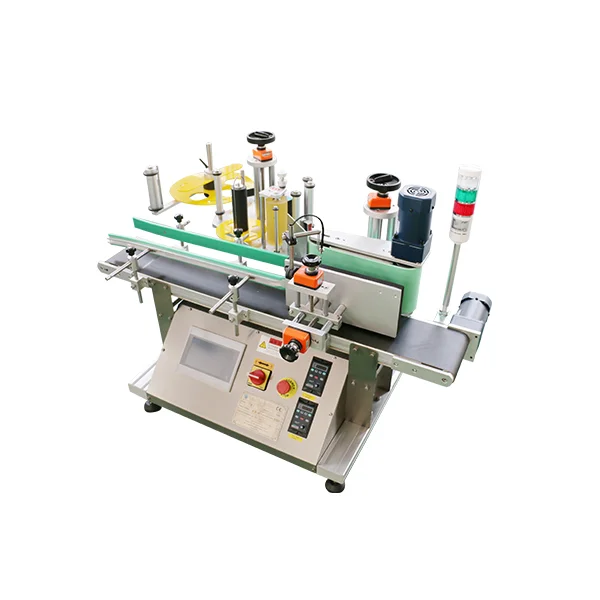Polyvinyl chloride (PVC) is a widely used synthetic plastic polymer that has found its way into various industries due to its versatility and cost-effectiveness. However, beneath its seemingly advantageous properties lie a range of disadvantages that demand attention. In this blog post, we will delve into the drawbacks of PVC, shedding light on its environmental impact, health concerns, and limitations in different applications.
- Environmental Impact:
PVC production involves the use of toxic chemicals, such as chlorine and ethylene dichloride, which can have detrimental effects on the environment. The manufacturing process releases hazardous byproducts, including dioxins, which are persistent organic pollutants. These substances can contaminate air, water, and soil, posing a threat to ecosystems and human health. Additionally, PVC is non-biodegradable and can persist in the environment for hundreds of years, contributing to plastic pollution. - Health Concerns:
One of the major drawbacks of PVC is its potential health risks. During its lifecycle, PVC can release toxic substances, such as phthalates and volatile organic compounds (VOCs). Phthalates, commonly used as plasticizers in PVC products, have been linked to endocrine disruption, reproductive issues, and developmental abnormalities. VOCs emitted by PVC can cause respiratory problems, irritation, and even cancer. Moreover, when PVC is incinerated, it releases hazardous dioxins and furans, further exacerbating health hazards. - Limitations in Applications:
While PVC is widely used in construction, electrical, and medical industries, it has certain limitations that restrict its suitability in specific applications. PVC has a relatively low melting point, making it unsuitable for high-temperature environments. It is also prone to degradation when exposed to ultraviolet (UV) radiation, limiting its outdoor applications. Furthermore, PVC's rigidity can be a disadvantage in certain flexible applications where materials with higher flexibility are required. - Recycling Challenges:
PVC recycling poses significant challenges due to its complex composition and the presence of additives. The presence of contaminants, such as metals and other plastics, hinders the recycling process and reduces the quality of recycled PVC. Additionally, the lack of a standardized identification code for PVC makes it difficult to separate from other plastics, further complicating recycling efforts. These challenges contribute to the low recycling rates of PVC, leading to increased waste generation.
Conclusion:
While PVC offers economic advantages and versatility, it is crucial to acknowledge its drawbacks to make informed decisions regarding its usage. The environmental impact, health concerns, limitations in applications, and recycling challenges associated with PVC highlight the need for sustainable alternatives and responsible manufacturing practices. By understanding these disadvantages, we can strive towards a more environmentally friendly and healthier future, reducing our reliance on PVC and promoting the adoption of safer and more sustainable materials.



